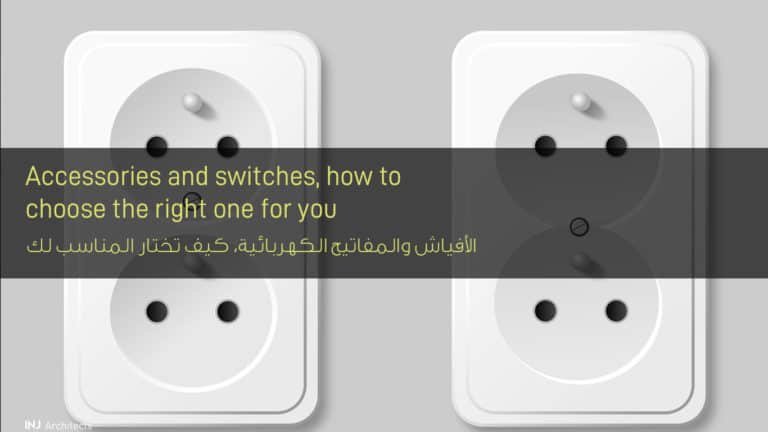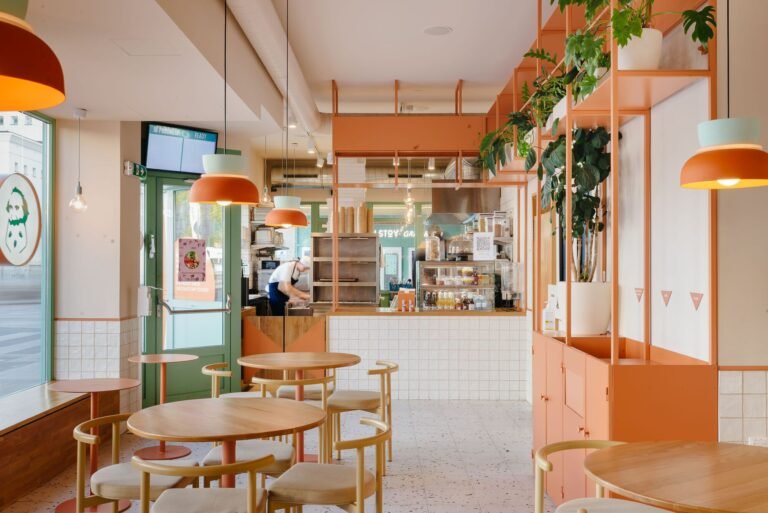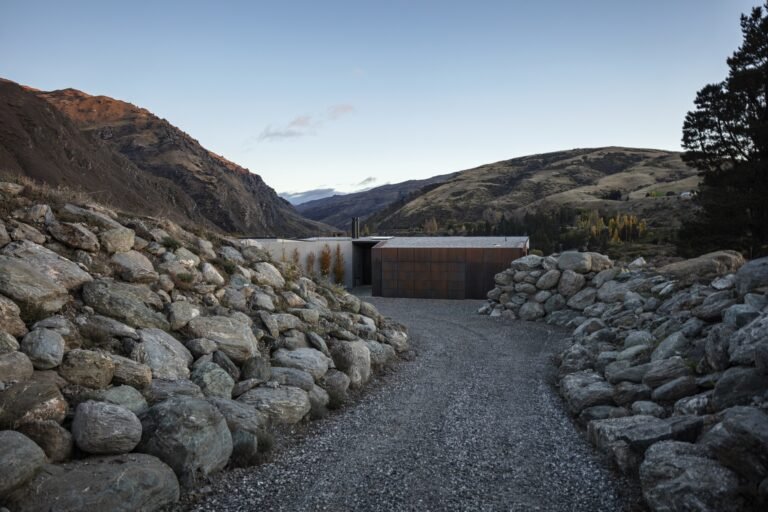Aluminum used in interior design
Aluminum used in interior design
Aluminum helped the emergence of modern high-tech interiors. The liberal use of glass and minerals makes them feel more widespread and used in homes and offices. In addition, aluminum is considered to be significantly less weight than the weight of internal elements, making it smoother and less bulky. In this article, we will learn about the use of aluminum in interior design
Aluminum is used in tables, chairs, shutters, picture frames, lamps, decorative wall panels, air conditioning units and heaters. Designers use aluminum because it gives them a lot of freedom to choose the shape for their creativity, as well as easy to process and aesthetically satisfying.
Very quickly aluminum furniture has become a classic interior feature; the chair Norman Foster, designed by one of the founders and teachers of high-tech interior design, is a unique piece widely known as an icon in this particular style.
Another well-known designer, Philippe Starck, created many aluminum interior elements. 100% aluminum recycling has always played a distinctive role. One of the unique characteristics of aluminum is that it allowed it to create “infinite” interior elements.

Starck chairs are interior furniture items and considered a work of art, while aluminum in interior design is mostly very fashionable, it is the market leader when it comes to garden furniture; folding chairs and benches, garden fluctuations and tables, portable folding chairs in cafes On the streets, light and compact shelves. The light and practical weight of Aluminum makes the best outdoor furniture. One of the leaders in this sector is the Spanish company Indecasa.
Mirrors always contain aluminum, regardless of their shape, size and style, as the reflective layer that converts glass into a mirror is made of aluminum. Aluminum is the only metal used for this purpose because it has a high reflection coefficient. Aluminum can be used to make mirrors with distinctive reflective properties in the UV (visible) and infrared ranges. For comparison, copper reflects light in the UV and infrared ranges while gold only reflects in the infrared range.

Aluminum is also used in art and interior design elements. Aluminum carving is a very difficult and skillful task as its melting point is much lower than that of bronze. Aluminum should be cast in an inert environment, i.e. in a room filled with argon, nitrogen and carbon dioxide. For this reason the first aluminum statues were small and in the late nineteenth century they were mostly used as tabletop decorations. However, in the second half of the twentieth century, aluminum statues began to reach several meters high. Today, aluminum is a material primarily used by home artists, as it allows them to build light but very sturdy structures. Aluminum can be easily decorated to give cast iron or gilt bronze effect.
Aluminum is ideal for sliding doors (both monorail and windshield), smart wall screen systems, traditional window frames, music institutes and a variety of front and back doors.
One of the world-famous sculptors using aluminum is Vadim Sidor. In the 1960s, he created a whole series of unique sculptures. One of his most famous works is the Statue of Relationships, a memorial to people who have fallen victim to and died from violence.
These days, it will be difficult for you to find an aluminum-free kitchen. Aluminum is not only used in kitchen utensils, but also in modern utensils from pots and pans to meat grinder and baking molds. Aluminum utensils are easy to wash, great thermal conductors that allow heat to spread evenly throughout the entire body, not easy to scratch or drip, they are corrosion resistant, and most of all, aluminum provides all the design advantages it shows in other sectors.

The high thermal conductivity of aluminum, which is about 2.5 times that of steel, allows the aluminum pan to absorb only 7% of the heat it receives, which radiates the cooked food. Aluminum manganese alloys are used to make thick utensils such as frying pans, roasting utensils and large cooking utensils. Professional chefs prefer aluminum utensils because of these qualities. Aluminum utensils are produced cheaper by using extrusion instead of casting. To ensure the safety and longevity of these utensils, they are coated by creating famous pans with a non-stick surface coating. In the past, you had to use wooden or teflon scoops to cook on these frying pans to avoid scratching the paint, but modern manufacturers have learned to make paint so durable that even the steel knife does little damage to the product. Aluminum is also used in the manufacture of steel kitchen utensils as a thermal conductor that facilitates heating the pan. This technique is called Tri-Ply and is basically a layered design where the thick heat-accumulated aluminum sheet is placed between two sheets of stainless steel showing that aluminum is a vital component in non-aluminum kitchen products
Read also: The difference between interior design and interior decoration







